Movement for babies
How to support movement in newborns and infants
Key points about movement for babies
- Like adults and children, babies also need to be physically active.
- Exercise helps your baby's body grow, and also helps them to feel safe and loved.
- Babies are born with reflexes or involuntary movements that are a normal part of infant development.
- These early reflexes gradually disappear as your baby/pēpi gets older.
- By the time she is 3–6 months more purposeful movements will develop.
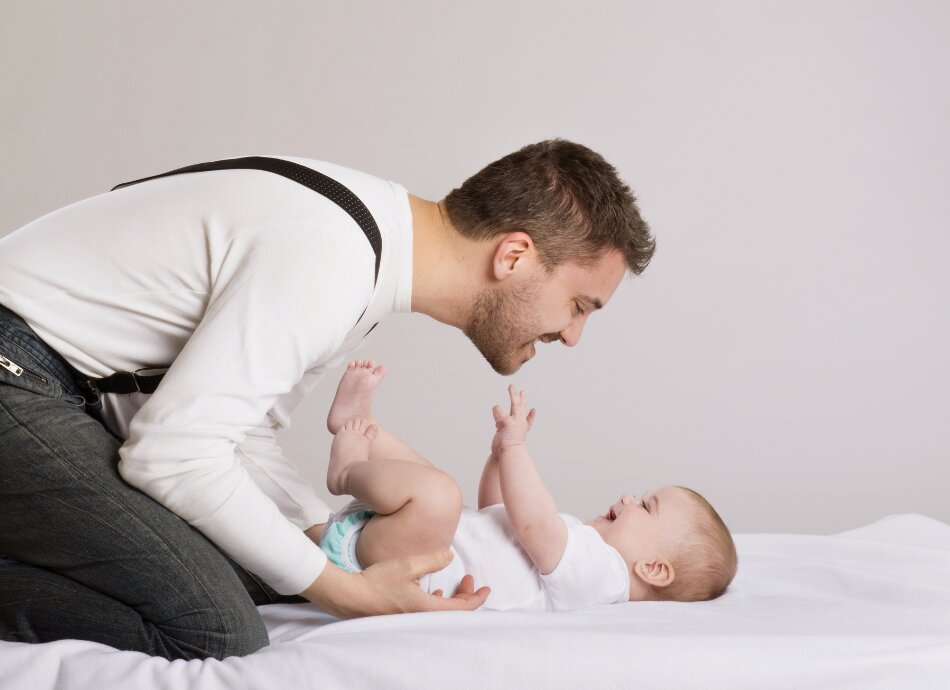
Like adults and children, babies also need to be physically active. Exercise helps your baby's body grow, and also helps them to feel safe and loved. When babies learn how to turn on their belly, roll, creep, crawl, sit, stand and walk, they are also learning how to learn.
Babies and children today are generally less active than their parents and grandparents were. They are being carried more, pushed in prams and supermarket trolleys. Technology is also part of our lives, with video games, screen time and TV taking up more of our children’s time.
Exploring their surroundings with all their senses – taste, touch, smell, sight and movement is an important part of your baby's development. Being active develops:
- bones and muscles
- the brain
- the eyes
- memory
- speech and language
- confidence and self-esteem
- a willingness to try challenging activities
- the ability to work with others
- an understanding of the body and how to move.
Support them by providing lots of opportunities for play and movement on different surfaces and spaces while keeping a watchful eye to keep them safe. This will help to keep your baby active as she grows and will also help with social, emotional and brain development.
Things you need to know before you begin
- Boys and girls should be included in all activities – there is no such thing as girl activities or boy activities.
- All children are different and learn to do things at different times.
- Always stay with your baby during physical movement activities (exercise) to keep them safe.
- Don’t put your baby into a position that they can’t get into themselves. This forces them to use muscles that they haven’t developed yet.
If you're ever unsure consult your:
- GP, practice nurse, public health nurse.
- Māori/Pacific Peoples health workers and/or marae-based health services.
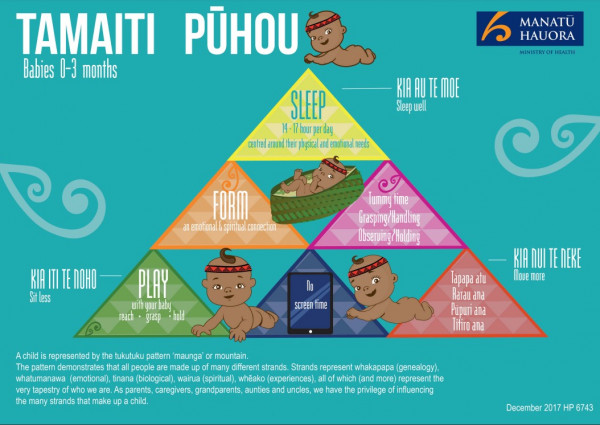
Image credit: Ministry of Health NZ, 2017
The best position for your baby is on her back, where she can safely move arms, legs and head freely. Babies placed on their backs will begin to explore what they are capable of doing – lifting their legs, reaching and grabbing their feet, turning their head to the side. Eventually they will move from their back to the side of their tummy, and then onto their tummy. All this provides a strong foundation for sitting, crawling, standing and walking.
Tummy time helps babies build the strength they need for crawling and pulling to stand when they’re older. Doing tummy time from soon after birth helps your baby build neck, head and upper body strength to crawl and pull to stand when he’s older.
Start by doing tummy time on a soft surface like a carpet or rug indoors, or later, on a blanket outside. If your little one doesn't like tummy time at first, try tummy time on your chest or across your lap. You could also get down on the floor with your baby.
You can start with 1–2 minutes of tummy time, and build up to 5–10 minutes a few times a day as your baby gets used to it.
As babies movement skills develop, so do a range of new opportunities for learning.
Movement, Coordination, and Your Newborn(external link) Kidshealth, US
How infants and toddlers develop movement skills(external link) The Education Hub, NZ
How to support movement in infants and toddlers(external link) The Education Hub, NZ
Sit less, move more, sleep well – active play guidelines for under-fives(external link) Ministry of Health, NZ
Resources
Active movement activity guides for children 0–-5 years(external link) Sport NZ, 2008 – These brochures provide a variety of fun activities to get little children moving. Available in English(external link) and te reo Māori(external link)
Movement and play: babies(external link) Raising Children, AU – This page has plenty of play ideas to encourage movement for babies 0-12 months
Balance: swinging, spinning & rocking (external link)Sport NZ, 2008 Available in the following languages: English(external link), te reo Māori(external link)
Using the environment in active movement(external link) Sport NZ, 2008 Available in the following languages: English(external link), te reo Māori(external link)
Catching, throwing & kicking – activity guide for under 5's(external link) Sport NZ, 2008 Available in the following languages: English(external link), te reo Māori(external link)
Tummy time, rolling & crawling (external link)Sport NZ, 2008 Available in the following languages: English, (external link)te reo Māori(external link)
Your baby's movements & what they mean [PDF, 1.8 MB] Australia & NZ Stillbirth Alliance (ANZSA), 2016 Available in the following languages: English [PDF, 1.8 MB], Chinese (simplified) [PDF, 1.1 MB], te reo Māori [PDF, 762 KB], Chinese (traditional) [PDF, 1.3 MB]
References
- Active movement – an introduction(external link) Sport NZ, 2008
- How to support movement in infants and toddlers(external link) The Education Hub, NZ
- Movement and play – babies(external link) Raising Children, Australia, 2020
Brochures
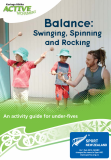
Sport NZ, 2008
English, te reo Māori
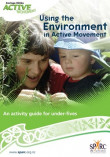
Sport NZ, 2008
English, te reo Māori
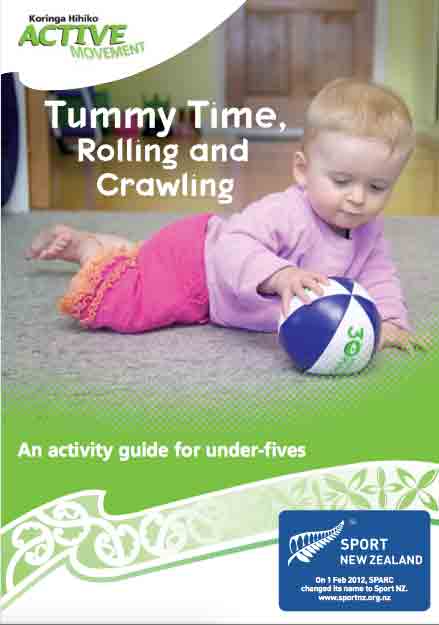
Sport NZ, 2008
English, te reo Māori
Credits: Healthify Editorial Team. Healthify is brought to you by Health Navigator Charitable Trust.
Page last updated:





